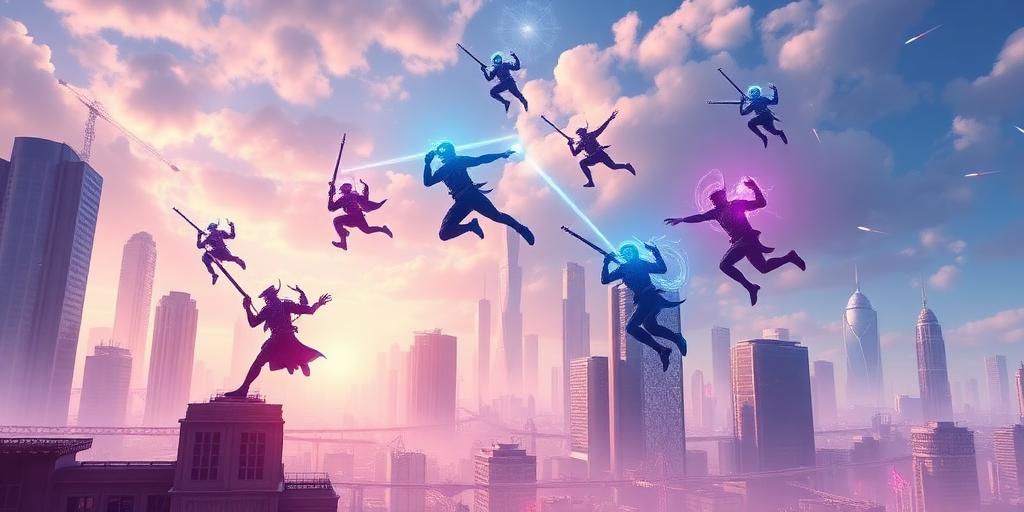The Future of Gaming on the Blockchain
The gaming industry is on the cusp of a revolution, and blockchain technology is set to be a major catalyst. This article delves into how blockchain is transforming gaming, exploring its potential to create new gaming experiences, economies, and ownership models.
What is Blockchain Gaming?
Blockchain gaming integrates blockchain technology into various aspects of video games. This can include:
- In-Game Assets as NFTs: Items, characters, and virtual land can be tokenized as Non-Fungible Tokens (NFTs), allowing players to truly own their digital assets.
- Decentralized Marketplaces: Players can buy, sell, and trade their NFTs on open marketplaces, creating player-driven economies.
- Cryptocurrency Integration: Games can use cryptocurrencies for in-game transactions, rewards, and governance.
- Play-to-Earn (P2E) Mechanics: Players earn cryptocurrency or NFTs by playing the game, incentivizing participation and creating new income streams.
Benefits of Blockchain Gaming
- True Ownership: Unlike traditional games where in-game items are controlled by the game developer, blockchain gives players verifiable ownership of their assets. This ownership is transparent and immutable, recorded on the blockchain.
- Enhanced Security: Blockchain's decentralized nature makes it difficult to cheat or hack game systems. All transactions and ownership records are securely stored on the blockchain.
- Interoperability: NFTs can potentially be used across multiple games or platforms, creating a metaverse of interoperable assets. This means an item earned in one game could be used or traded in another.
- New Economic Models: Play-to-earn mechanics create opportunities for players to earn real money by playing games. This can be particularly appealing in developing countries.
- Community Governance: Blockchain enables decentralized autonomous organizations (DAOs) to govern game development and decision-making, giving players a say in the future of the game.
Challenges and Opportunities
While blockchain gaming holds immense promise, it also faces challenges:
- Scalability: Blockchain networks can be slow and expensive, especially during peak usage. Scaling solutions are needed to support the high transaction volumes of popular games.
- Complexity: Integrating blockchain into games can be complex for developers and confusing for players. User-friendly interfaces and educational resources are essential.
- Regulation: The regulatory landscape for cryptocurrencies and NFTs is still evolving, creating uncertainty for developers and players.
Despite these challenges, the opportunities for blockchain gaming are vast. As technology improves and adoption increases, we can expect to see more innovative and engaging blockchain games emerge.
Examples of Blockchain Games
- Axie Infinity: A popular P2E game where players collect, breed, and battle creatures called Axies.
- Decentraland: A virtual world where players can buy, sell, and develop land using NFTs.
- The Sandbox: A user-generated content platform where players can create and monetize their own games and experiences.
The Future Outlook
The future of gaming on the blockchain is bright. As blockchain technology matures, we can expect to see more sophisticated and immersive gaming experiences that empower players and create new economic opportunities. While challenges remain, the potential benefits of blockchain gaming are too significant to ignore. The integration of blockchain into gaming represents a paradigm shift, putting ownership and control back into the hands of the players.









